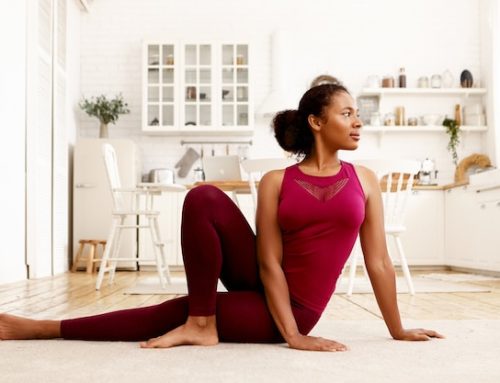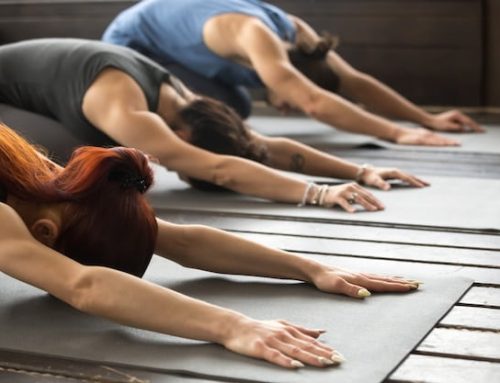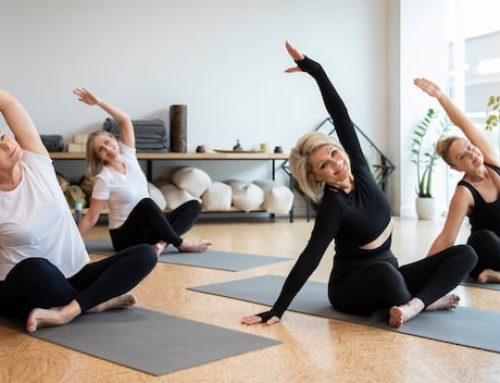Introduction
Flexibility is an important aspect of fitness that is often overlooked. It involves stretching the muscles and joints to improve your range of motion and prevent injuries. However, as we age, our flexibility decreases, and we become more prone to injuries. In this article, we will discuss at what age we start to lose flexibility and how to maintain it throughout our lives.
When Does Flexibility Start to Decline?
Flexibility is at its peak during childhood and adolescence. Children are naturally flexible, and their bodies can move more easily than adults. However, as we age, our muscles and joints become stiffer, and we lose some of our flexibility. According to studies, flexibility starts to decline from the age of 30 and continues to decrease as we get older.
Why Does Flexibility Decline?
There are several reasons why flexibility declines with age. One of the main reasons is a decrease in collagen production. Collagen is a protein that makes up our connective tissues, including tendons and ligaments. As we age, the production of collagen decreases, leading to stiffer muscles and joints. Additionally, years of sedentary lifestyle and lack of stretching can also contribute to decreased flexibility.
Consequences of Poor Flexibility
Poor flexibility can lead to a variety of health problems, including joint pain, stiffness, and reduced range of motion. It can also make you more prone to injuries during physical activities, such as sports or workouts. Furthermore, poor flexibility can negatively affect your posture and balance, leading to falls and other accidents.
How to Maintain Flexibility
The good news is that you can maintain your flexibility throughout your life by incorporating stretching exercises into your daily routine. Stretching helps to improve blood circulation, reduce muscle tension, and increase range of motion. It also helps to prevent injuries and alleviate joint pain.
There are several types of stretching exercises, including static stretching, dynamic stretching, and proprioceptive neuromuscular facilitation (PNF) stretching. Static stretching involves holding a stretch in one position for a period of time, while dynamic stretching involves moving the muscles and joints through a range of motion. PNF stretching is a more advanced technique that involves contracting and relaxing the muscles to improve flexibility.
Stretching Guidelines
To maintain your flexibility, it’s important to follow proper stretching guidelines. Here are some tips to keep in mind:
| Tip | Description |
| Warm-up | Warm up your muscles before stretching to prevent injuries. |
| Stretch regularly | Stretch at least 2-3 times per week to maintain flexibility. |
| Don’t overstretch | Do not stretch beyond your range of motion, as it can lead to injuries. |
| Breathe | Breathe deeply and slowly while stretching to relax your muscles. |
| Hold the stretch | Hold each stretch for 10-30 seconds, and repeat each stretch 2-3 times. |
Conclusion
In conclusion, flexibility is an important aspect of fitness that declines as we age. However, by incorporating stretching exercises into our daily routine, we can maintain our flexibility and prevent health problems. Follow the stretching guidelines outlined above, and make stretching a regular part of your fitness routine. Your body will thank you!






